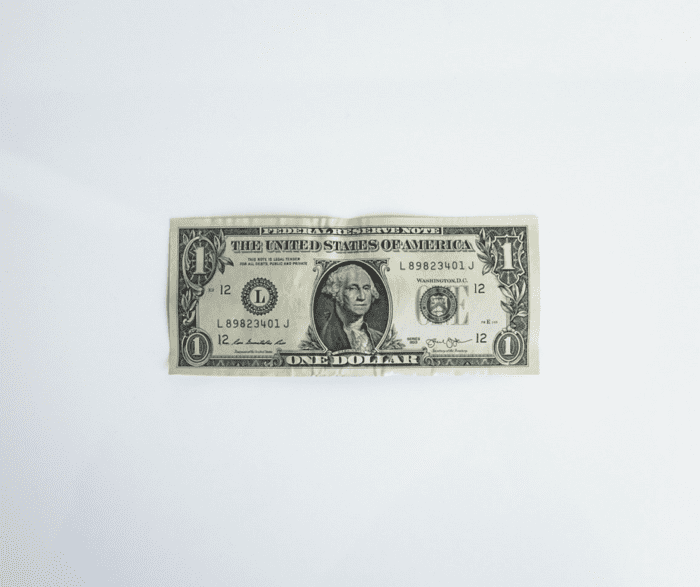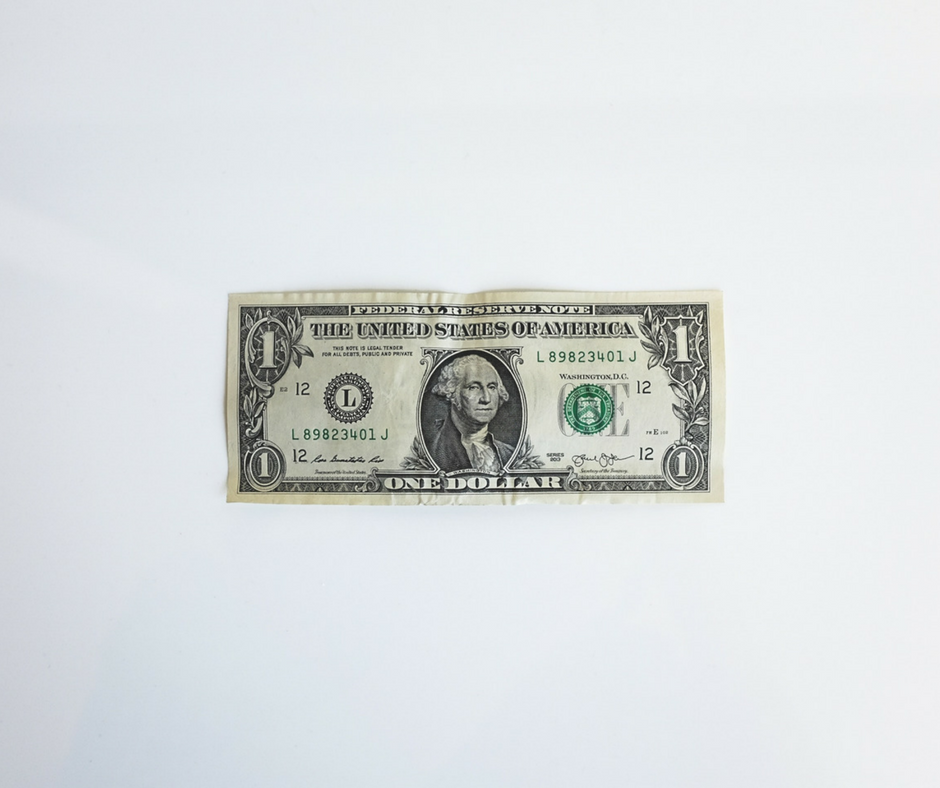
At the end of February, I was looking over our miscellaneous spending and noticed two trends: (1) we eat out too much and (2) we visit the convenience store wayyyyy too often. Seriously, my husband and I went to the convenience store 30 times in 28 days. What?!
In an effort to change some rather ridiculous spending habits and be more mindful of our expenditures, I approached my husband about taking on a No Spend Month, which is a month-long commitment to spend money only on necessities. After weighing the pros and cons over lunch at Whataburger, which just so happens to be attached to an HEB gas station (Oh, the irony!), we decided to make a go of it.
How We Prepared for a No Spend Month
1. Set a Goal
First, set your goal. Why are you taking on this challenge? To save money? To curb spending? And, because the challenge affects the whole family, get input from everyone, including the kiddos. Everyone should be in agreement and should understand the merits of the challenge. For us, implementing a No Spend Month isn’t about saving money. It’s about spending with intention and purpose, about being mindful of how we use our resources.
2. Make a Plan
Once everyone is in agreement (more or less), discuss the difference between essentials and nonessentials and create a budget for essentials like food, gasoline, bills, medicines, pet food, etc. Then, determine the rules of, and any exceptions to, your No Spend Month.
Write down the plan. Once you’ve determined the rules and made any exceptions, record them. Designate a special notebook or bullet journal for writing your goals and detailing your plan. Use it as a tool to monitor your progress, as well.
Plan for the unique needs of your family. Every plan should reflect the values of the individual family. In our case, my husband will celebrate his birthday during our No Spend Month. At first he was reluctant because he wanted to be able to celebrate. However, when I explained that we could plan for an exception which would allow us to properly celebrate, he let go of his reservations. Another exception outlined in our plan is that we would limit ourselves to eating out once a week as a family instead of not eating out at all.
Take inventory of what you already have. Walk your pantry. Tour your refrigerator. See what’s already in there, and use what you already have to meal plan. We inventoried our supply and used it to plan meals for a week, hoping to lessen our waste throughout the next month.
Plan for entertainment. A month is a long time to go without fun, so make sure to plan for it! Pinterest has a plethora of suggestions for keeping busy during a No Spend Month. Here are some of my personal suggestions for survival:
- Attend a festival or family event (Bluebonnet Festival in Burnet has free concerts)
- Peruse your local library (see the new Austin Central Library)
- Tackle your to-do list (spring cleaning, anyone?)
- Visit a public park in the area (been to Stickwork at Pease Park yet?)
- Plan a family movie nights (check out a Movie in the Park sponsored by the Austin Parks Foundation)
Decide what you will do with the money saved. Once the challenge is over, you should have money left over. Plan for what you will do with the money. Will you put it towards retirement? (Cause you ain’t getting any younger!) Will you put it into a vacation fund? (Hello, Hawaii?!)
Mentally prepare yourself. Post reminders about your goals using Post-It notes. Think about why you decided to take on this challenge in the first place. Prepare yourself with inspiring quotes and positive affirmations such as I can do hard things and I set goals and work to accomplish them. And, if at first, you don’t believe your words, fake it until you make it!
Monitor and reflect on your progress. Monitoring and reflecting on your progress will keep you on track. Decide how and when you will check in, and set non-monetary rewards for staying on track. Ask reflective questions like What did I spend my money on today? Or How will this affect my llong-termmoney goals? We are tracking our progress on a calendar, marking days we spend and reflecting on its consequence–whether good or bad.
3. Implement the Challenge!
So, will you join me?! Please say you will. Then, check back next month for an update on failures, successes, and lessons learned.










